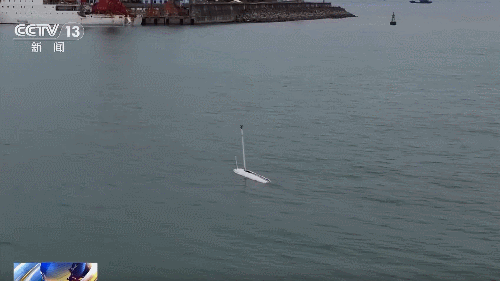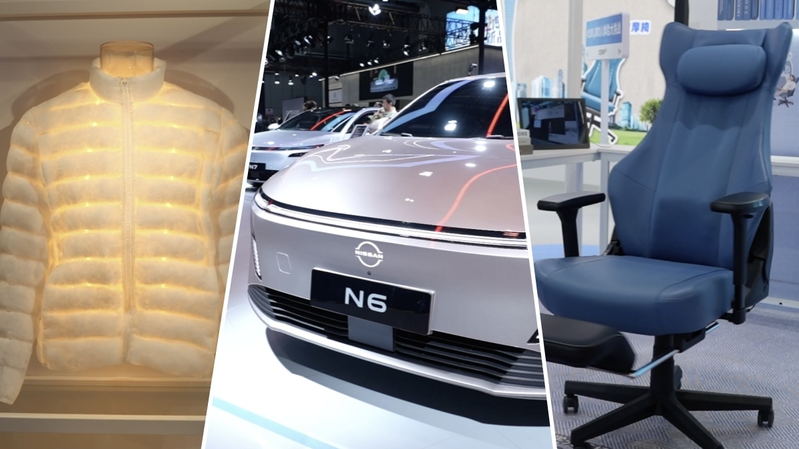Research teams from the Chinese mainland’s Zhejiang University have pushed the boundaries of typhoon science with an unmanned sailing vessel capable of entering the eye of the storm. Named Albatross, this 4.3-meter wind-powered craft has already achieved historic breakthroughs in data collection and forecasting accuracy.
In June, Albatross sailed straight into Typhoon Wutip’s eye, capturing original meteorological and ocean wave measurements at the sea-air interface for the first time in the Chinese mainland. An upgraded version then braved Typhoon Wipha, using front and rear cameras alongside advanced sensors to record high-resolution imagery and track wind speed, direction, and wave patterns.
Professor Li Peiliang explains the impact: “Even small data gaps at sea can lead to major deviations in typhoon predictions. By crossing into the core of these storms, we gain first-hand insights into their trajectory and intensity changes, allowing for more precise forecasting and better disaster prevention.”
Looking ahead, the team plans to enhance Albatross with additional environmental sensors and extend its diving capacity to 1,000 meters. Future trials along the westerly wind belt aim to turn Albatross into a global mobile survey vessel, filling critical data gaps in upper-ocean and air-sea exchange research.
These developments herald a new era in storm science, offering young researchers, tech innovators, and climate enthusiasts a clear example of how real-world data and cutting-edge engineering can improve safety and resilience in the face of extreme weather.
Reference(s):
China's unmanned vessel enters typhoon eye, advancing storm research
cgtn.com



